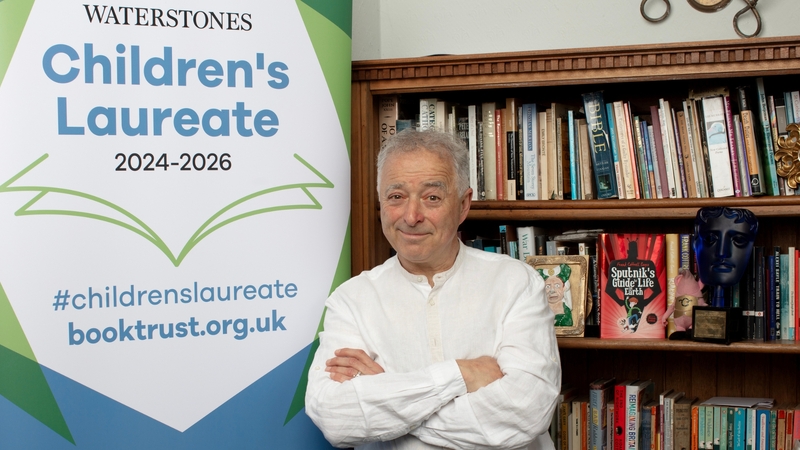I like to tell people that the future of the book is genetically modified giant tortoises.
“Look,” I say, “digital is a temporary technology. Biotech is the new thing, and we’re going to have bookshops and libraries carried in artisan wooden shelving units on the backs of giant tortoises. The animals will migrate slowly around the world, and whenever they meet there’ll be a literary festival. Books will be exchanged between bookshelves the way bacteria exchange genetic information, and the shift in distribution and weight will govern the pattern of the tortoise’s next migration. The day a tortoise shows up in your town will be a kind of local festival, and their benign faces will fill the dreams of children.”
It’s something of a conversation stopper, and I have to admit that it is not the most likely scenario. What it does do, though, is throw into stark relief the poverty of imagination which presently frames the digital book debate. Amazon’s Kindle, the market leader, is a featureless slab of utility tech with no more identity than a wood shaving, and the iPad, the Nook, the Sony Reader, and the Kobo Reader may have their adherents (my first gen iPad has recently become a must-have for car journeys with a precocious eighteen-month-old) but no one is seriously pushing the boundaries of the electronic book.
Current ereader technology is about creating a handy digital environment for the most slavish possible copy of the physical book. Snazzy animations turn pages; you can have sepia instead of white for your ‘paper’; even the black and white Kindle and the Sony Reader display old-fashioned images from the literary lexicon to emphasise their continuity with the past.
And it’s dross. Useful, tedious, portable dross. The thing about the tortoise example is that it frees you from the wretched discussion of pricing and weight and charge duration, and lets you go crazy. What is the future of the book? A physical object which communicates with the digital realm; a paper book which has an electronic shadow. A hybrid which sits easily in the on and offline world.
Like so: I buy a hardback, because I want a hardback. Hardbacks afford a sense of permanence, of seriousness. They can be attractive objects, they can be signed, brandished, shelved and shared, and the physical aspect of human life is significant. Cognition is not an abstract process taking place in the brain, as if we were tiny aliens piloting humanoid robots, looking out through portholes in the face. Our bodies think. Our emotions are biochemical. We are physical. So no one should be surprised at the idea that a tangible object of biological origin has a direct appeal, a hold on us which can be missing from an electronic device. So, yes, I buy a hardback, and I sit and read it with my feet up, in front of the fire, with a dog.
But I do so knowing that the book is more than just a hardback. I wave it at my computer and the data buried in the board covers transmits itself wirelessly to the software I have downloaded. Now my book and my machine are talking. If I find myself trapped on the tube without my physical copy, the same text, open at the same page, is waiting for me on my portable device. If I have to drive somewhere, I can get the next chapter as an audiobook so that I can keep on with the story. If I lose the book at my friend’s or at a restaurant I can track it from my desktop.
When I get to the end, of course, because this book was so good, I want more by the same writer – so I can order the download to my device. If I want to read it in hardcopy, I can print a few pages, or I can wait for it to show up the next day.
There’s never a stock issue, because printing can be handled locally (why on earth would you have centralized printing and pulping, shipping books around the world and back again at vast monetary and environmental cost?) and indeed I can choose from a variety of jacket designs, from the official ones produced by the publisher to reader-designed jackets. I always get designs by a local when I can, so my copy of, say, Bleak House arrives with a stunning image of the old red-brick building at the end of my road taken at night.
If I want them, there are extras. There are various musical assemblages available which will cut out the babble of my commuter train and match the mood and pacing of the book – or just drown the sound of traffic outside my house with a noise like the sea. The point is that I can read the book however I want, wherever I want. I choose my experience, using the right technology to create a receptive state, whether that’s audio for my electronic edition because the guy next to me won’t shut up about the stock market, or a hardback and a glass of Italian red wine to keep me company.
The technology is there to make that experience more complete, not merely to supply the text of a book in an impoverished text version with bad typesetting and slightly sluggardly animated pages.
And as in my dream of tortoise libraries, so too here: the presence of one book in combination with another invites a possible encounter with a third - but the recommendation is not straightforward. An element of chance comes in so that my path through reading need not be identical with yours, even if our libraries are identical to that point.
In the end, reading is the development and discovery of identity, just as writing is the expression and imparting of it. It’s a complex and fascinating thing of itself, and a part of how we live, and how we become what we are as a society. What each becomes will be influenced by the other. So really: we owe it to ourselves to do better with books than pocket calculators with words on them.
I say: demand tortoises.
The Blind Giant: Being Human in a Digital World
by Nick Harkaway is out today, published in John Murray. Go to www.blindgiant.co.uk to find out more. #blindgiant
Image copyright Rory Lindsay.















